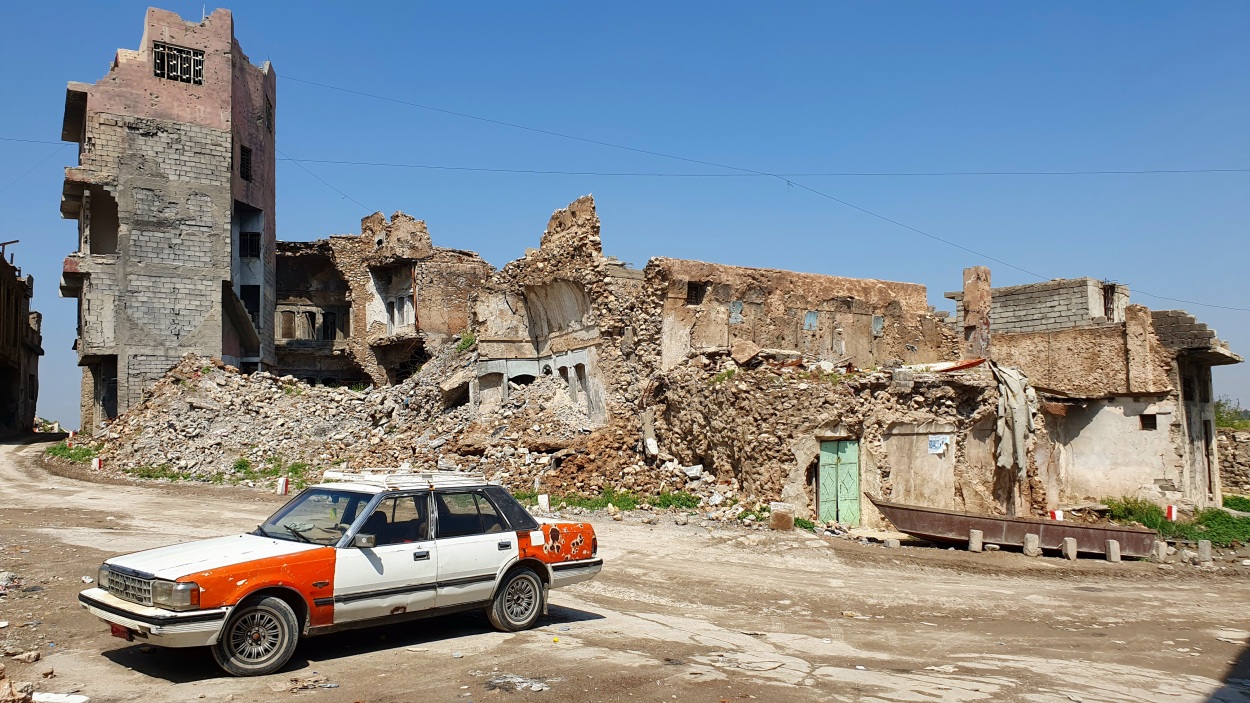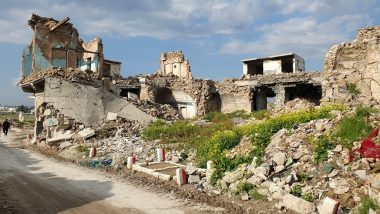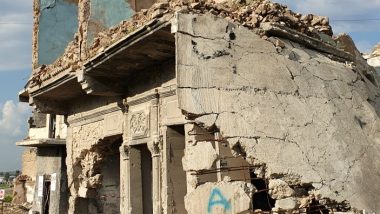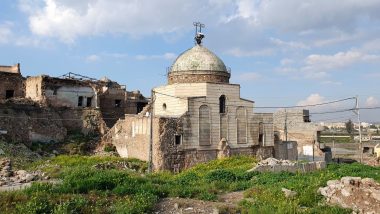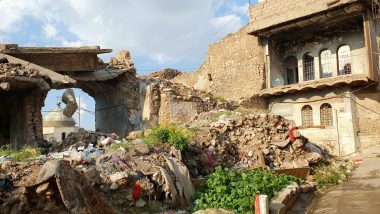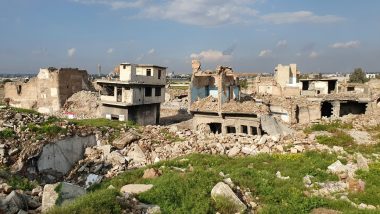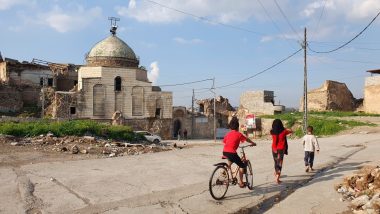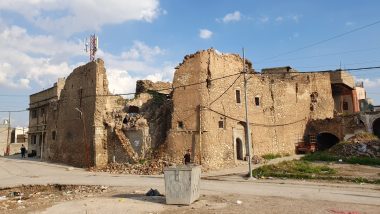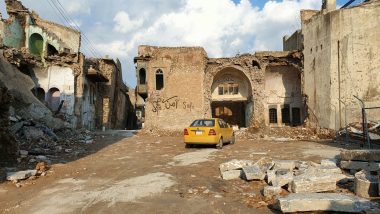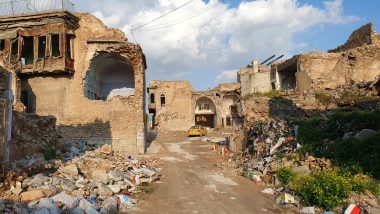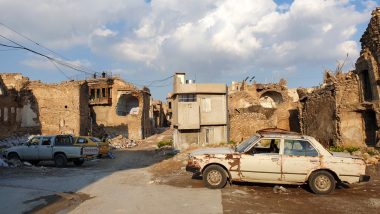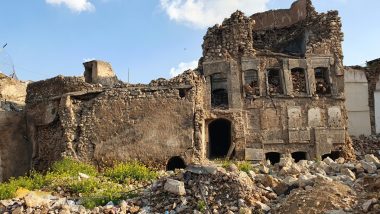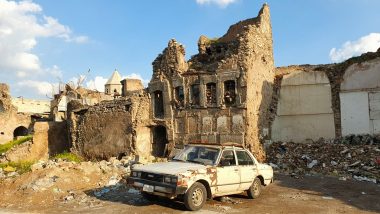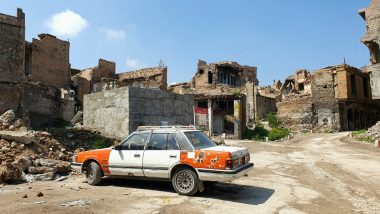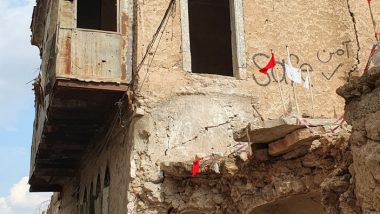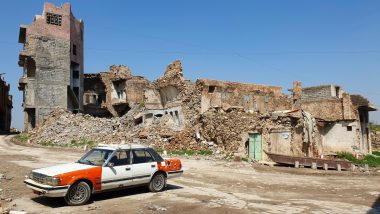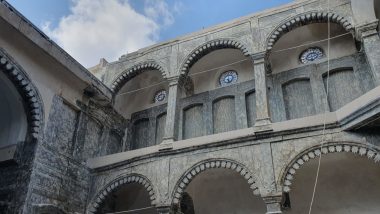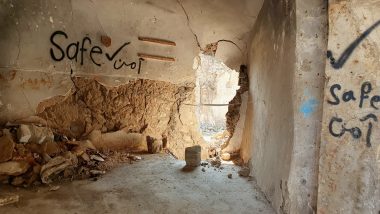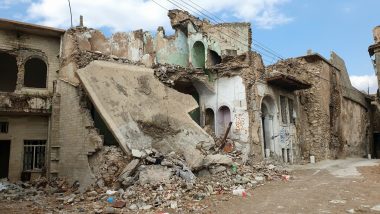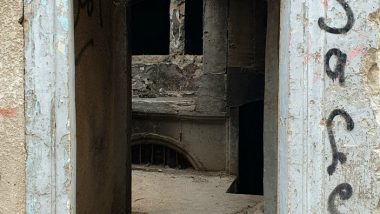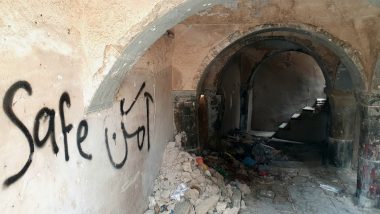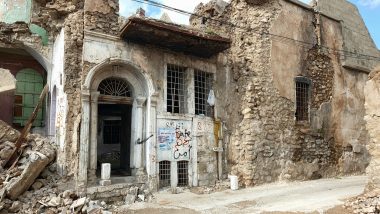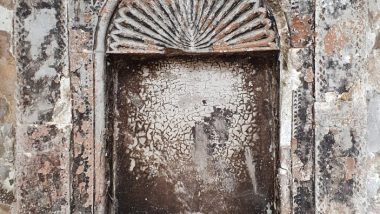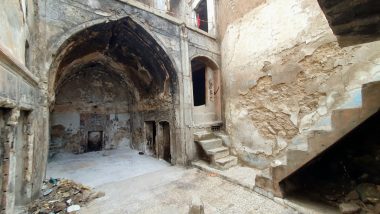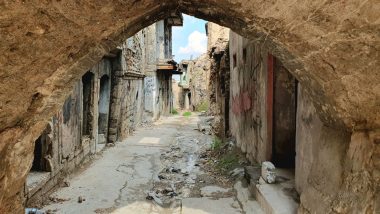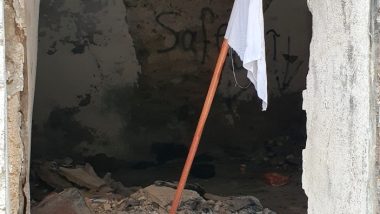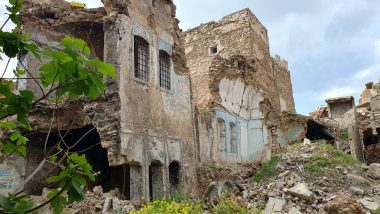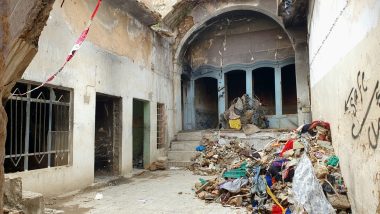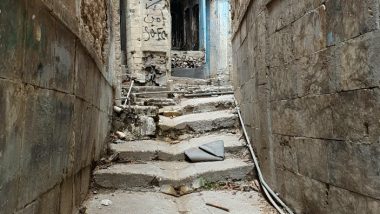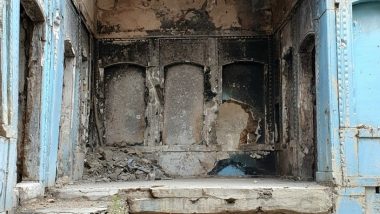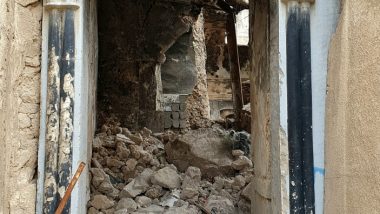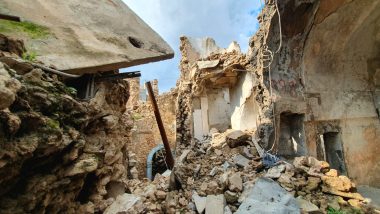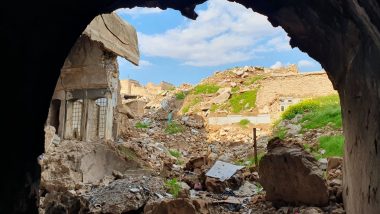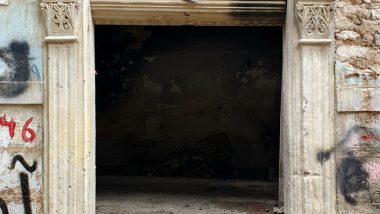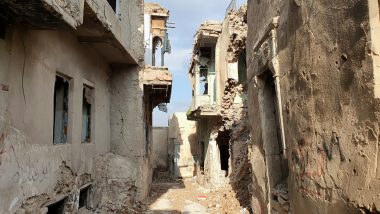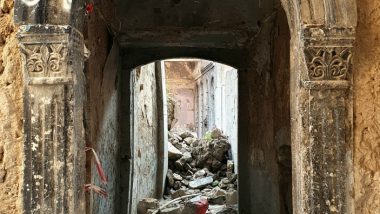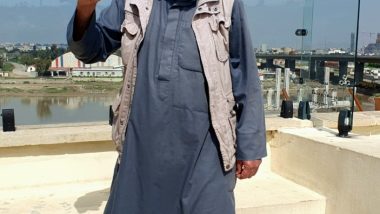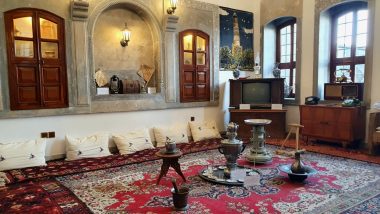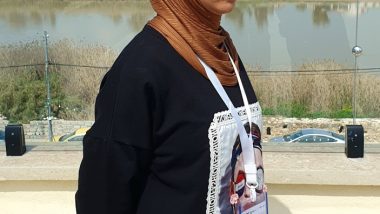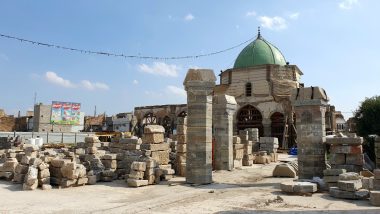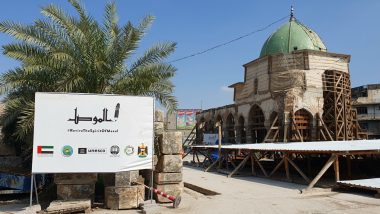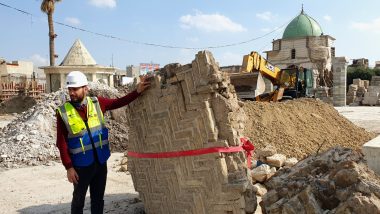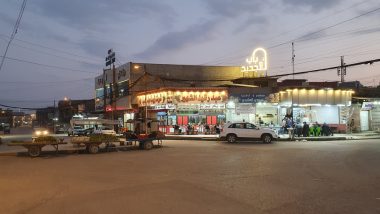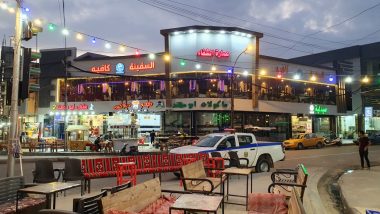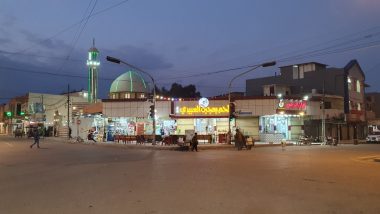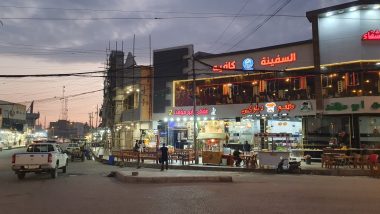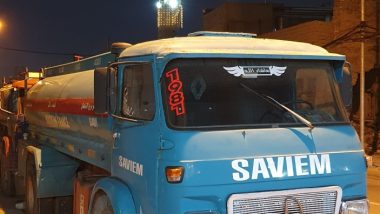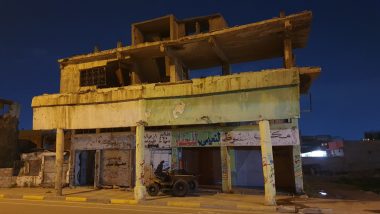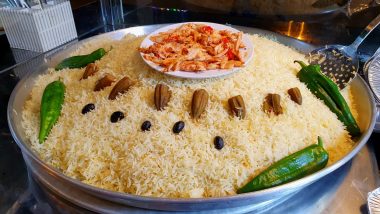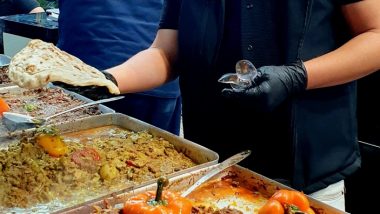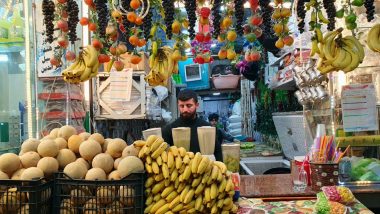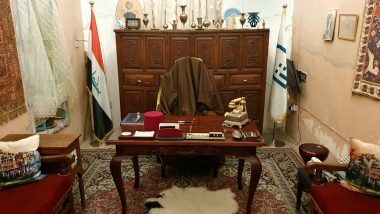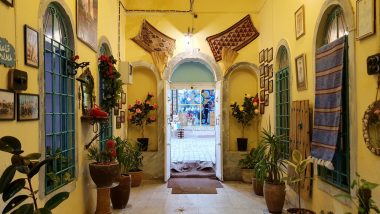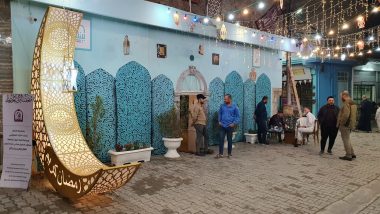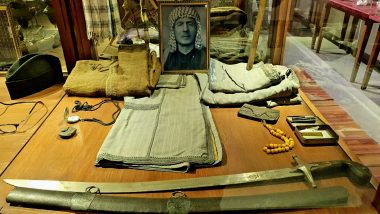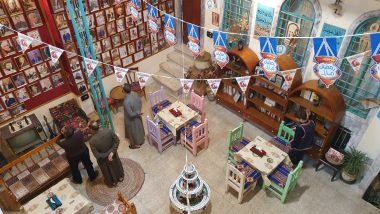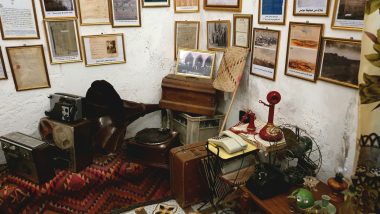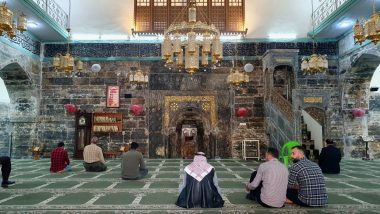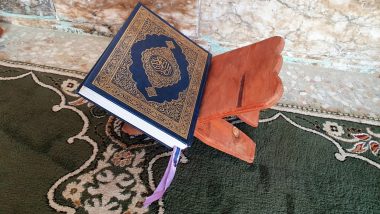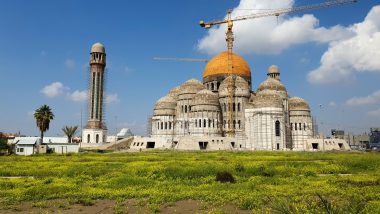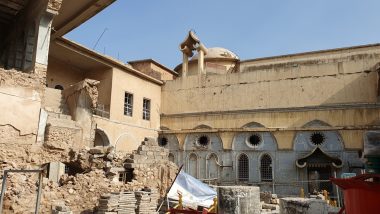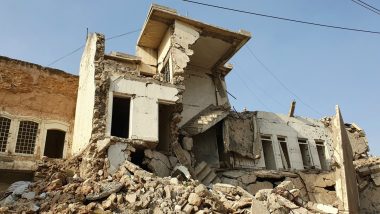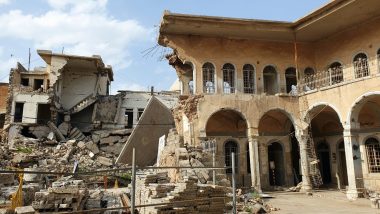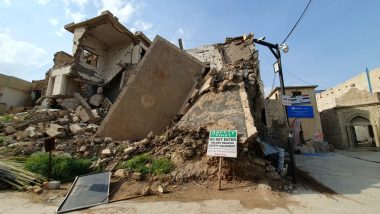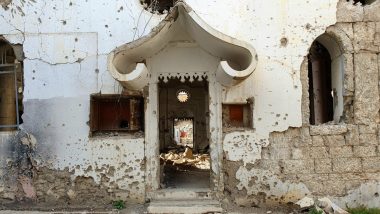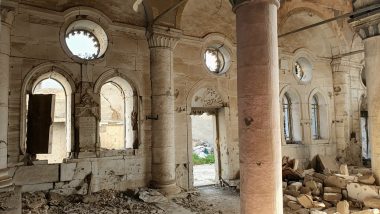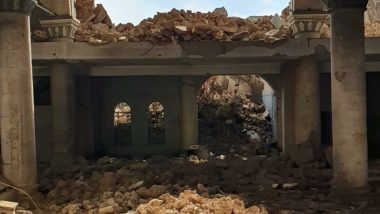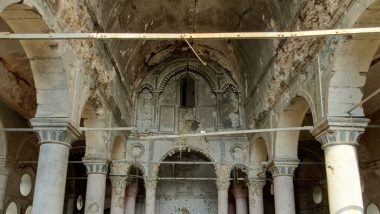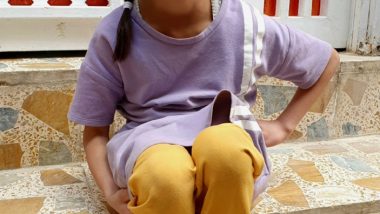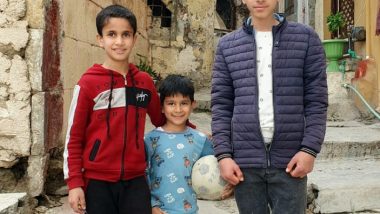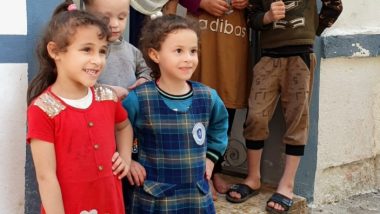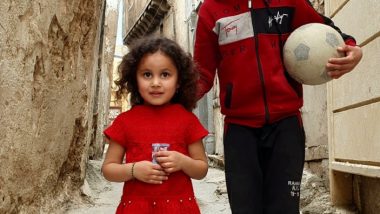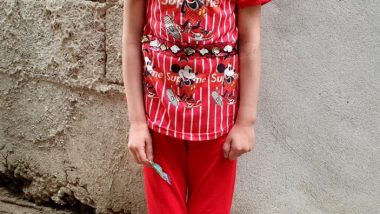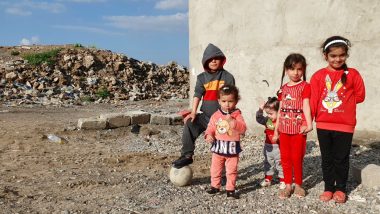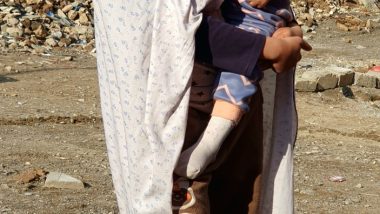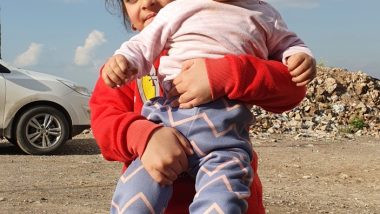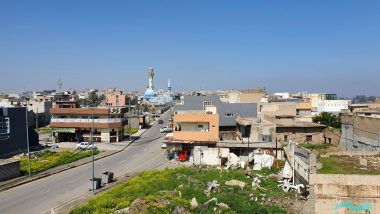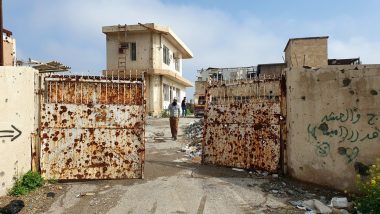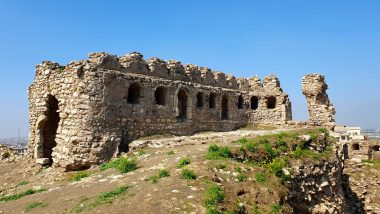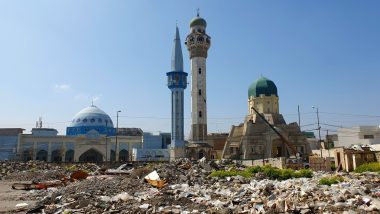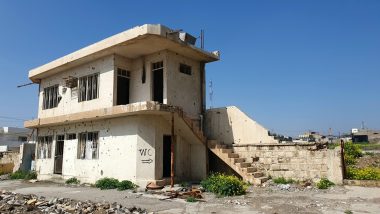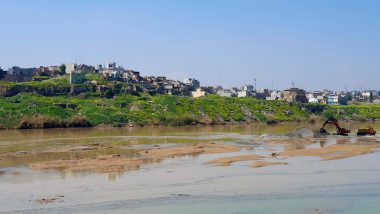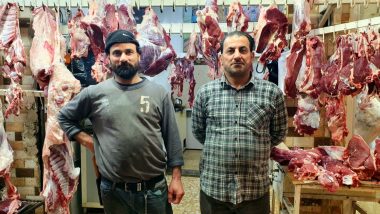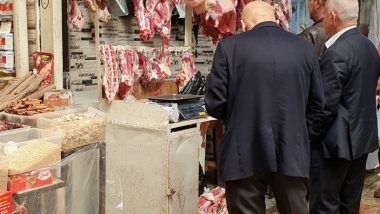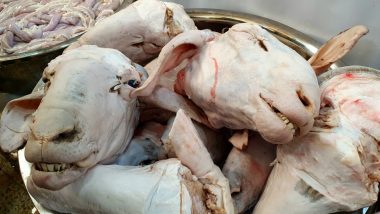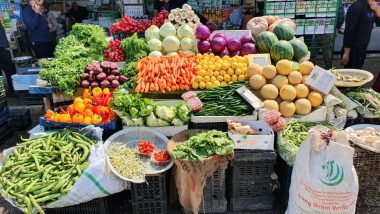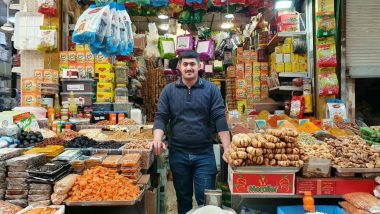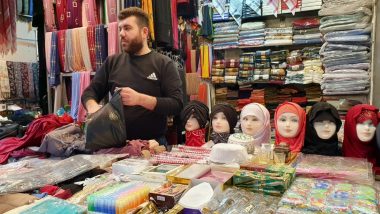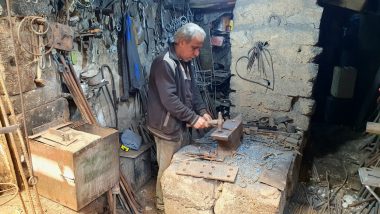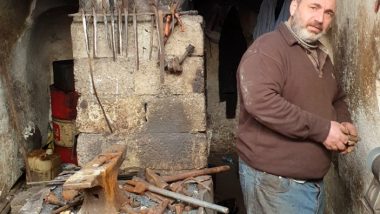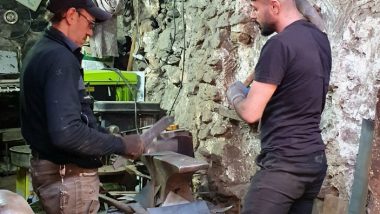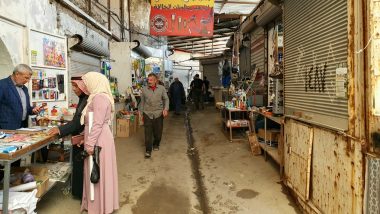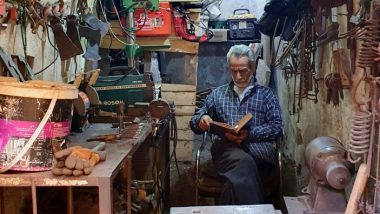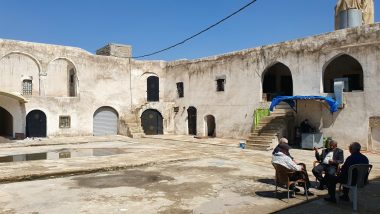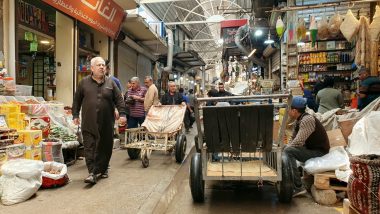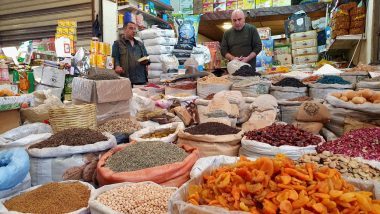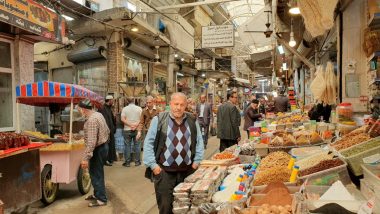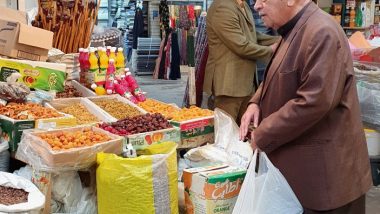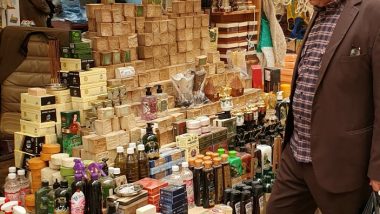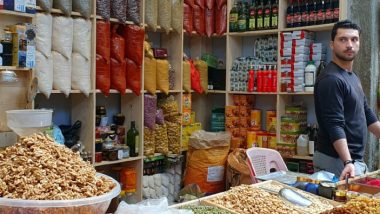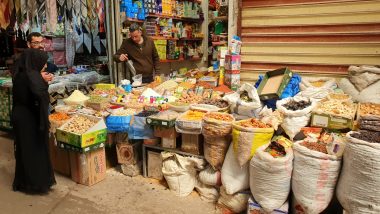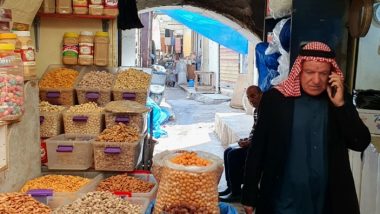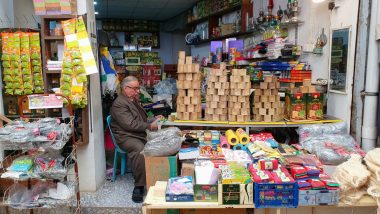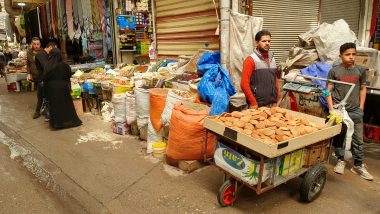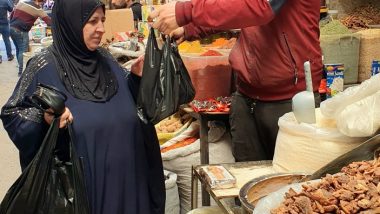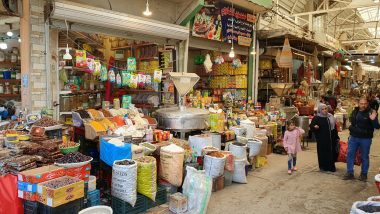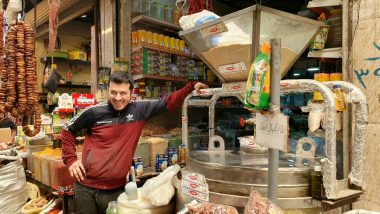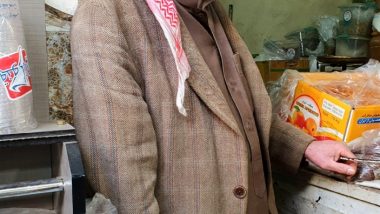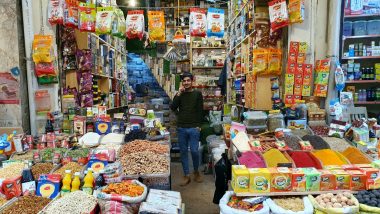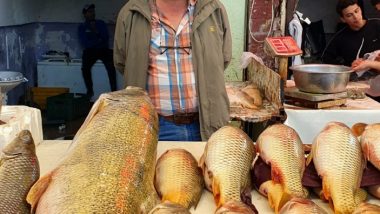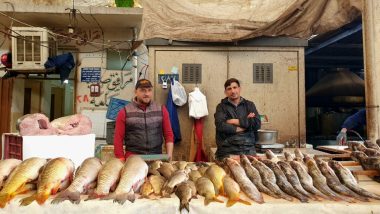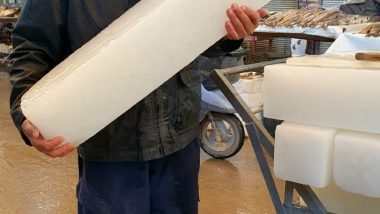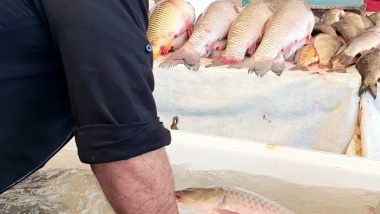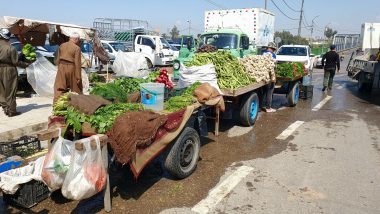After some research and heavy thinking, we drove to Mosul in northwestern Iraq. From its original site on the western bank of the Tigris River, the modern city expanded to the eastern bank and now encircles the ruins of the ancient Assyrian city of Nineveh.
Probably built on the site of an earlier Assyrian fortress, Mosul succeeded Nineveh as the Tigris bridgehead of the road that linked Syria and Anatolia with Persia. By the 8th century CE, it had become the principal city of northern Mesopotamia. In succeeding centuries, several independent dynasties ruled the city, reaching its political zenith under the Zangid dynasty (1127–1222) and Sultan Badr al-Dīn Luʾluʾ (reigned 1222–59). However, the region’s prosperity ended in 1258 when the Mongols ravaged it under Hülegü.
The Ottoman Turks ruled the region from 1517 to 1918, when Mosul became a trade center of the Ottoman Empire and the headquarters of a political subdivision. After World War I (1914–18), the Mosul area was occupied by Britain until a border settlement (1926) placed it in Iraq rather than in Turkey. The city’s commercial importance declined because it was cut off from the rest of the former Ottoman Empire.
The population traditionally consists mainly of Kurds and a significant minority of Christian Arabs. However, a resettlement plan instituted by the Baʿath Party government beginning in the 1970s increased the presence of Arabs in the city. In June 2014, the city fell to the Islamic State in Iraq and the Levant (ISIL), apparently with the help of former Baʿathists. However, it remained under the control of the Sunni insurgents until they were pushed out by Iraqi and Kurdish forces in 2017.
Five bridges across the Tigris river connect the city’s two sides; they were severely damaged during the ISIL occupation but were an essential focus of the city’s reconstruction in the following years. Mosul was home to several ancient buildings, some dating from the 12th century. Many of them were destroyed by ISIL, including the Great Mosque of al-Nūrī, the Red Mosque, the mosque of Nabī Jarjīs, the Tomb of Nabī Yūnus, several Christian churches, and various Muslim shrines and mausoleums. The city is home to the University of Mosul (1967), the second largest university in Iraq after the University of Baghdad.
Today, Mosul feels like a safe city where life is slowly returning to normal. We took a taxi from Erbil (40000 IQD / way) to avoid trouble with our truck. It was a pleasant 2-hour ride with quick stops at three checkpoints – 1 was controlled by the Kurds, and two by the Iraqi Army. Finally, we met our guide from @visitmosulofficial (200 EUR / 2 days + 25000 IQD / entrance ticket) and left our things at Alsfer Hotel (25000 IQD / room). It was not easy to choose some acceptable rooms, but for one overnight, we did not care too much (wifi, ugly bathrooms with hot water, and no towels).
We started our city tour with a visit to Bash Tapia Castle, a 12th-century fortress overlooking the Tigris river. Then we drove to a lively, busy bazaar. If there weren’t several Iraqi soldiers patrolling the streets with their submachine guns, we would have never known we were in a former war zone. On the way, we stopped by the Grand Mosque, which construction began during Sadam’s regime in the 90s but has never been finished.
At the Mosul Heritage House, our cute knowledgeable guide Ghofran introduced us to Sleem Abdullateef, who is patiently promoting the city of Mosul and its history and culture (by the way. he spoke Polish with us because many years ago, he worked in Poland as a mechanical engineer).
Luckily, we got permits in the afternoon to visit the Great Mosque of al-Nuri, one of the oldest mosques in Mosul (12th century) today under UNESCO reconstruction. This is where the ISIL leader, Abu Bakr al-Baghdadi, self-declared the ISIL caliphate, the first and only time he ever appeared in public. The details of the vast UNESCO project were explained to us by the site coordinator Othman Imad Al-Hayali.
Then we moved to the west side of the town into the Old City of Mosul, the last ISIL bastion, which was devastated. Yet, among those piles of rubble, there were signs that life was slowly returning.
In the evening, we wandered around the city without any problem. First, we took some food in the corner restaurant opposite Albashear mosque. The owner served us much more food than we ordered and, in the end, did not accept any money for it. On the street, we took a banana milkshake (500 IQD) and walked for a cup of tea to Bytna Art Center, located literally 100 meters away from the place where the leaders of ISIL declared the califate. We met co-founder Ahmed Najdat, the man confronting and fighting ISIL ideology and dark thoughts, with culture and art, with heritage and history, to show that Mosul differs from what you heard.
Old Town
Mosul Heritage House
The Great Mosque of al-Nuri
City by night
New supermarkets are everywhere now
Bytna Art Center
El-Basha Mosque, Grand Mosque (Saddam Hussein), Al-Tahera Church
Children of Mosul
Around citadel
Bazaar


